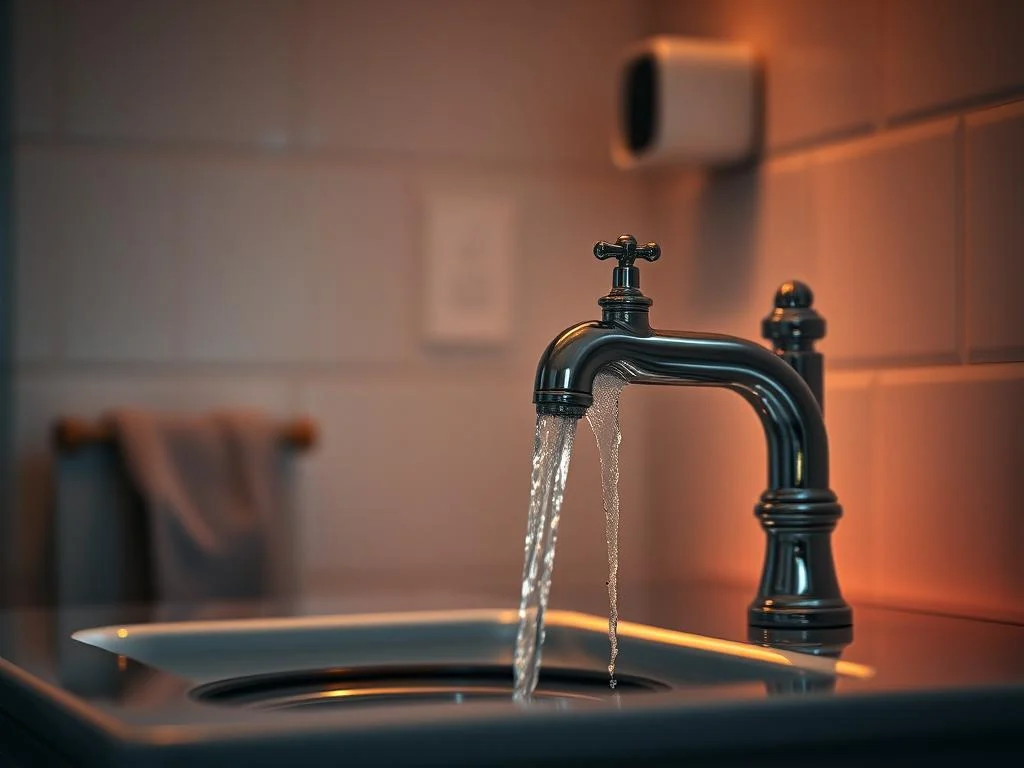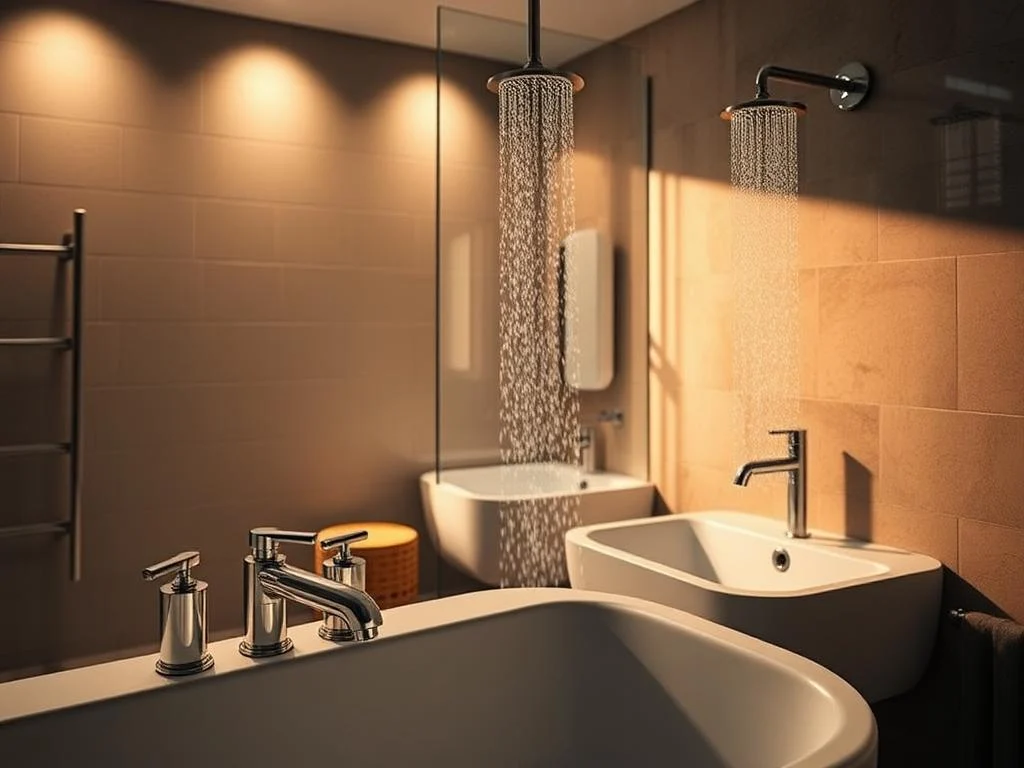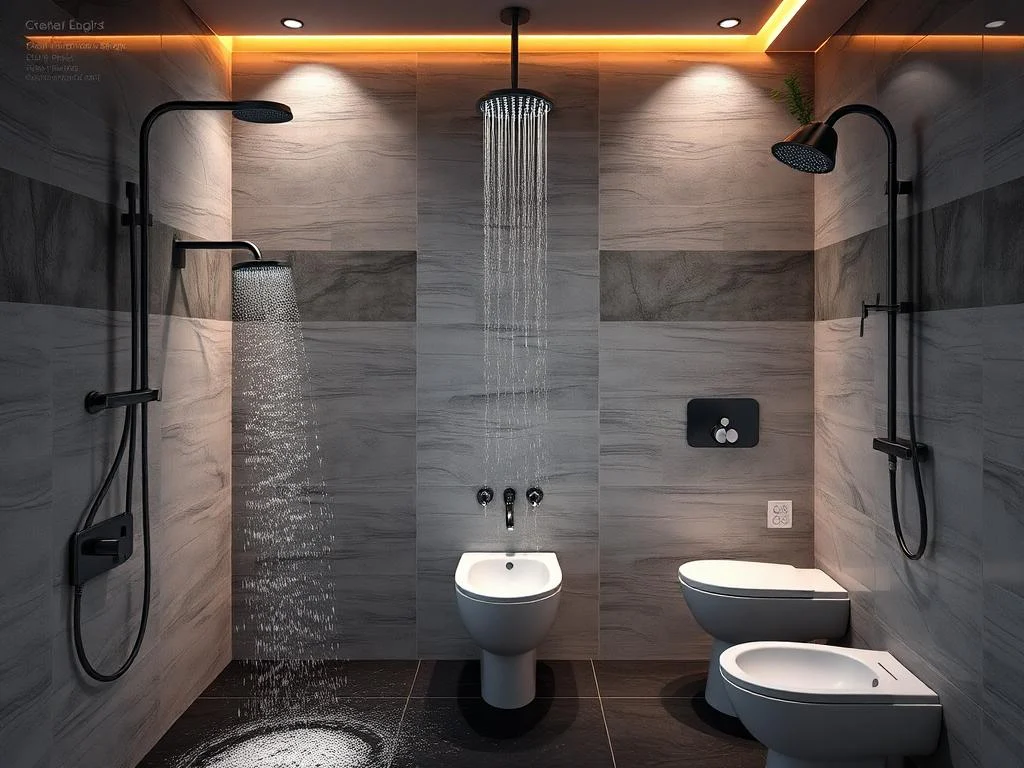
Tap for Washing Machine
Introduction: Understanding the Tap for Washing Machine
The washing machine tap, also known as a laundry faucet or washing machine water inlet, is a specialized plumbing fixture designed to provide a controlled water supply to your washing machine.
Unlike standard faucets used in kitchens or bathrooms, these taps are engineered to handle the specific demands of a washing machine’s water requirements.
They often feature unique designs to accommodate both hot and cold water inlets, and some even incorporate features for water flow control.
The importance of a reliable washing machine tap cannot be overstated; a faulty tap can lead to leaks, inefficient water usage, and even damage to your washing machine.
Choosing the right tap involves considering factors like material quality, durability, and compatibility with your existing plumbing system.
At Enan Stores, we understand the importance of quality components, and we offer a wide selection of washing machine taps to suit various needs and budgets.
Don’t underestimate the impact of a well-chosen tap – it’s a small investment that can save you significant headaches down the line.
How a Washing Machine Tap Works
A washing machine tap’s functionality is surprisingly straightforward, yet crucial for effective operation.
Typically, it consists of two inlets – one for hot water and one for cold – allowing the washing machine to mix water temperatures as needed for optimal cleaning.
The tap’s internal mechanism, usually a valve, controls the flow of water based on the washing machine’s commands.
When the machine calls for water, the valve opens, allowing water to flow through.
The valve then closes when the desired water level is reached or when the wash cycle moves to the next stage.
Some advanced 2 in 1 Washing Machine Tap + Normal Tap models even incorporate a pressure regulator to ensure consistent water pressure, preventing damage to the washing machine’s internal components.
Understanding this basic mechanism helps in diagnosing potential issues and performing simple maintenance tasks.
Proper water flow control is essential for efficient washing, and a well-functioning tap is the key to achieving this.
Types of Washing Machine Taps
The market offers a variety of washing machine taps, each with its own advantages and disadvantages.
One common type is the two-port tap, which provides separate inlets for hot and cold water.
These are widely used and generally reliable.
Another option is the single-port tap, which mixes hot and cold water internally before delivering it to the washing machine.
While convenient, these can sometimes be less precise in temperature control.
Then there are the specialized taps with built-in flow restrictors, designed to conserve water and reduce utility bills.
For those seeking a more versatile solution, consider a combination tap that includes a standard faucet alongside the washing machine inlet.
The best washing machine tap for you will depend on your specific needs and preferences.
At Enan Stores, we stock a diverse range of these types, ensuring you find the perfect fit for your laundry setup.
Choosing the Right Tap for Your Laundry Setup
Selecting the appropriate washing machine tap requires careful consideration of several factors.
First, assess your existing plumbing system – is it compatible with the tap you’re considering?
Next, think about your water usage habits.
If you’re conscious about conserving water, a tap with a flow restrictor might be a good choice.
The material of the tap is also important; brass taps are generally more durable and resistant to corrosion than plastic ones.
Consider the ease of installation – some taps are designed for DIY installation, while others may require a professional plumber.
Finally, factor in your budget.
While it’s tempting to opt for the cheapest option, investing in a quality tap can save you money in the long run by preventing leaks and costly repairs.
Don’t hesitate to contact us at for expert advice on choosing the right tap for your needs.
We’re here to help you make an informed decision.
Installation Guide: Step‑by‑Step Process
Installing a washing machine tap is a manageable DIY project for those with basic plumbing skills.
First, turn off the water supply to both the hot and cold water lines.
Next, disconnect the old tap, carefully noting the connections.
Clean the existing pipes thoroughly.
Apply Teflon tape to the threads of the new tap to ensure a watertight seal.
Connect the hot and cold water lines to the appropriate inlets on the new tap.
Tighten the connections securely, but avoid over-tightening, which can damage the pipes.
Finally, slowly turn the water supply back on and check for leaks.
If you encounter any difficulties, it’s always best to consult a professional plumber.
Remember, proper installation is crucial for preventing leaks and ensuring the longevity of your washing machine tap.
For a more detailed guide, consider searching online for videos demonstrating the how to install washing machine tap process.
Common Issues and Troubleshooting Tips
Even with proper installation and maintenance, washing machine taps can occasionally experience issues.
One common problem is a leaky tap, which can be caused by loose connections, worn-out washers, or damaged O-rings.
Another issue is reduced water flow, which could be due to a clogged aerator or a buildup of sediment in the tap.
If you notice a sudden drop in water pressure, check the water supply lines for any kinks or obstructions.
For persistent leaks or reduced flow, it may be necessary to disassemble the tap and clean or replace the affected components.
If you’re not comfortable performing these repairs yourself, don’t hesitate to call us at or send us a message on WhatsApp.
Our team of experts can provide guidance and assistance to resolve your washing machine tap problems.
Maintenance Best Practices for Longevity
Regular maintenance is key to extending the lifespan of your washing machine tap.
Periodically inspect the tap for any signs of leaks or corrosion.
Clean the aerator regularly to remove any sediment buildup.
Avoid using harsh chemicals or abrasive cleaners, as these can damage the tap’s finish.
If you live in an area with hard water, consider installing a water softener to prevent mineral deposits from accumulating in the tap.
By following these simple maintenance tips, you can keep your washing machine tap functioning smoothly for years to come.
Remember, preventative maintenance is always cheaper than costly repairs.
For all your home improvement needs, including quality faucet types for washer, visit Enan Stores.
Conclusion: Making the Best Choice for Efficiency
Choosing the right washing machine tap is a vital aspect of ensuring the efficient and reliable operation of your laundry appliances.
From understanding the different types available to performing proper installation and maintenance, every step plays a crucial role in maximizing performance and longevity.
By considering factors like material quality, water flow control, and compatibility with your existing plumbing system, you can make an informed decision that benefits your home and your wallet.
Remember, a well-maintained washing machine tap not only saves water but also prevents costly repairs and extends the lifespan of your washing machine.
If you’re looking for quality water flow control tap options and expert advice, look no further than Enan Stores.
For any inquiries or assistance, feel free to contact us via phone at, email at info@enanstores.com , or WhatsApp at 0731 452 401.
And if you’re looking to upgrade your vehicle, consider Cars Kenya for reliable car importation services!
FAQ
- What is the difference between a two-port and a single-port washing machine tap?
A two-port tap has separate inlets for hot and cold water, while a single-port tap mixes them internally. - How often should I clean the aerator on my washing machine tap?
It’s recommended to clean the aerator every 6-12 months to remove sediment buildup. - What material is best for a washing machine tap?
Brass is generally considered the best material due to its durability and resistance to corrosion. - Can I install a washing machine tap myself?
Yes, with basic plumbing skills, it’s a manageable DIY project. However, if you’re unsure, consult a professional plumber. - What should I do if my washing machine tap is leaking?
First, check for loose connections.If the leak persists, you may need to replace washers or O-rings.




Add a review
Your email address will not be published. Required fields are marked *